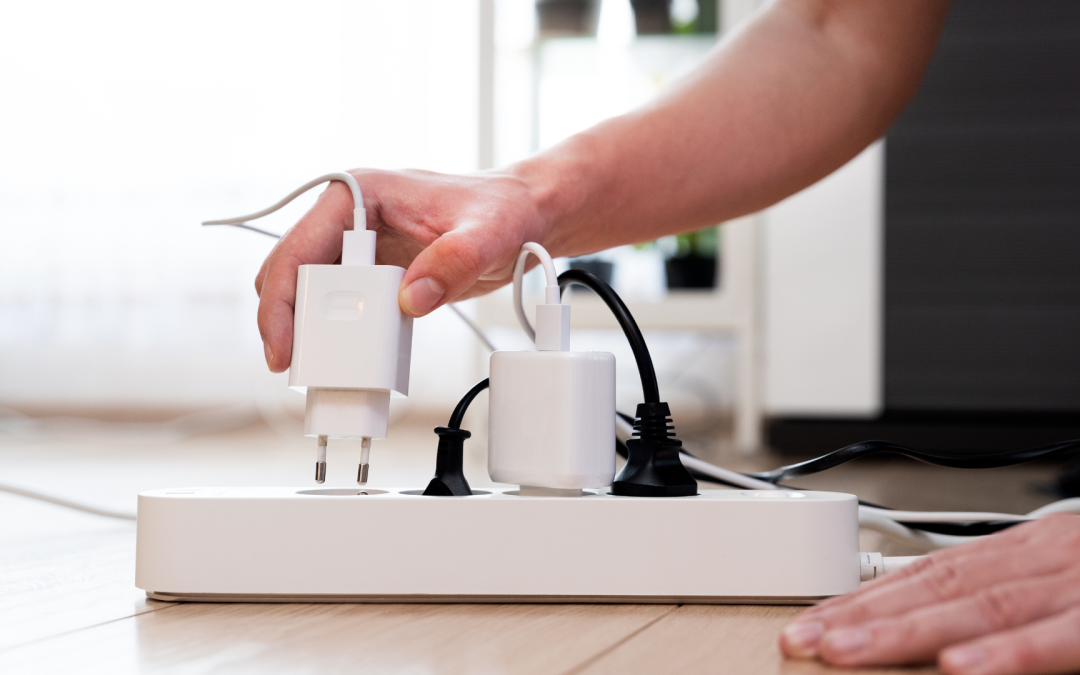Understanding Power Surges and Their Impact
Power surges are sudden spikes in voltage that can damage or destroy electrical devices, often caused by lightning strikes, power outages, faulty wiring, or large appliances switching on and off. These voltage spikes can be severe, instantly damaging electronics, or minor but frequent, gradually reducing their lifespan. Without proper protection, essential equipment like computers, home appliances, and industrial machinery can experience costly malfunctions. Installing surge protectors helps regulate electricity flow, shielding devices from unexpected voltage fluctuations and ensuring long-term reliability.
How Surge Protectors Work
Surge protectors act as barriers between electrical devices and excessive voltage. They contain components such as Metal Oxide Varistors (MOVs), gas discharge tubes, and diodes, which detect and divert excess electricity safely to the ground. When a surge occurs, these components absorb the excess energy and prevent it from reaching connected electronics. High-quality surge protectors can handle multiple surges over time, offering continuous protection. However, after severe power spikes, it’s important to check and replace surge protectors as their effectiveness may degrade.Common Causes of Power Surges
Power surges have multiple causes, both internal and external. Lightning strikes are one of the most destructive sources, sending thousands of volts through power lines, which can instantly damage electronics. Power grid fluctuations, such as sudden power restoration after an outage, can also trigger damaging voltage spikes. Inside homes and offices, high-powered appliances like air conditioners, refrigerators, and microwaves create small surges whenever they cycle on and off. While these minor surges are less noticeable, repeated exposure can weaken internal components and reduce the lifespan of electronic devices. Additionally, faulty wiring and outdated electrical systems further increase the risk of power surges, making surge protection even more critical.Signs That You Need Surge Protection
If you experience flickering lights, frequently tripped circuit breakers, or unexpected device failures, your electrical system may be experiencing power surges. Other warning signs include burnt-out chargers, overheating power adapters, or strange burning smells from outlets. Even if devices seem to be working fine, frequent exposure to small power surges can silently degrade their performance, leading to premature failure. To avoid costly replacements, installing the right surge protection system is a smart preventative measure.Types of Surge Protection for Different Needs
Surge protection systems come in different types to suit various needs:
- Plug-in Surge Protectors – These are power strips with built-in surge protection, commonly used for home electronics and office equipment.
- Whole-House Surge Protectors – Installed at the main electrical panel, these protect all devices in the home from external power surges, including lightning strikes.
- Industrial Surge Protectors – Used in factories and commercial buildings to protect large machinery and critical infrastructure.
Choosing the right type of surge protector ensures maximum protection based on the type of electrical devices and power requirements in your home or workplace.

